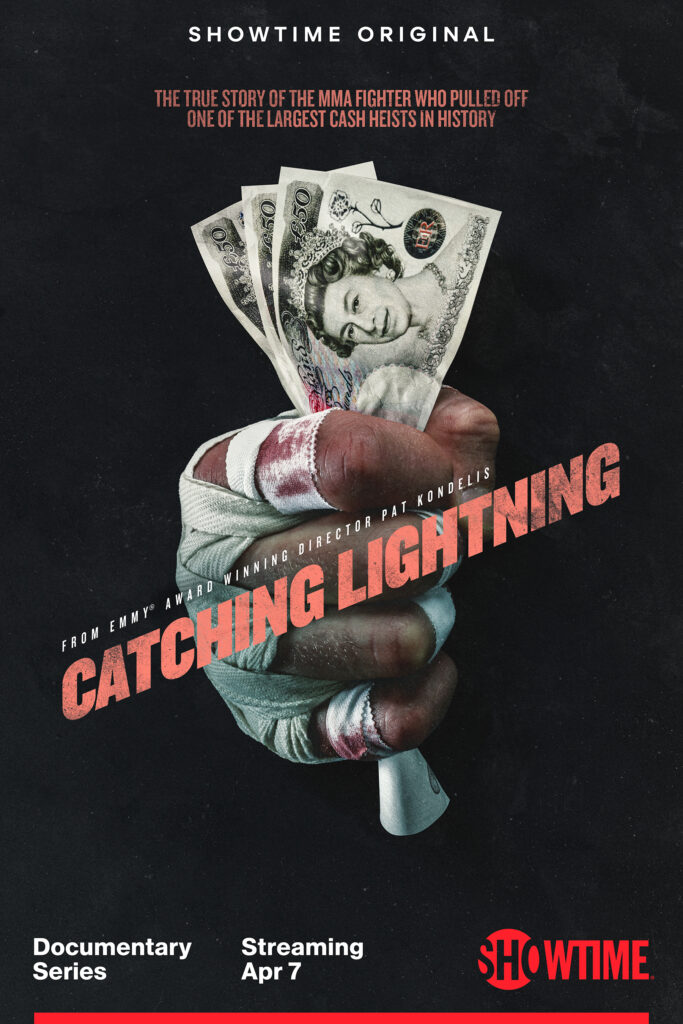san francisco
Appearances are deceiving in San Francisco: the distance between...
According to sources, the first Irish coffee was invented...
At the suggestion of a friend who also happens...
The sudden spring weather that’s forced crocus and daffodil...
Actually, no; it’s my new piece of Japanese...
You could almost be forgiven for strolling past the...
(I had a bit of an oops with the...
A slow trip down the most crooked street in...


















